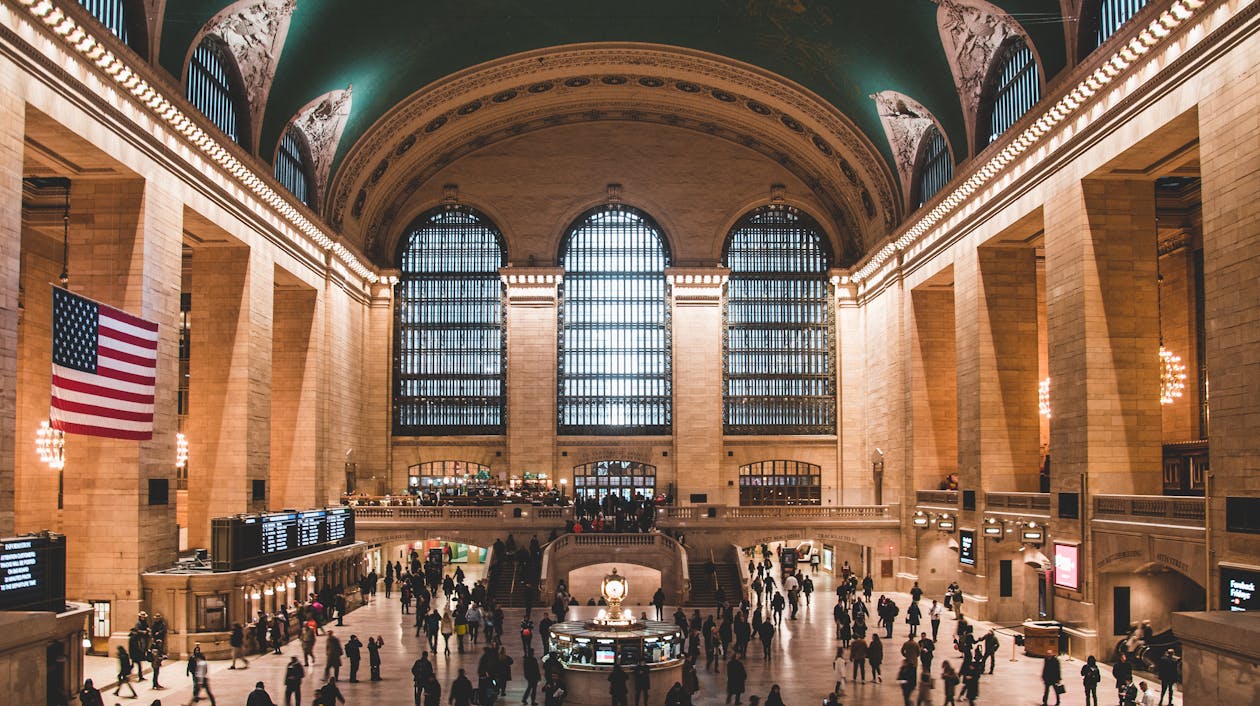
How can community design contribute to a sustainable future?
The word ‘community’ literally translates to a group of people having a particular characteristic in common. Designing a space for them has to be something that truly reflects and satisfies their exact requirements. With the current increase in monetization of building spaces, the actual purpose of architecture has taken a toll.
It is a reminder and a way to root back that architecture is something that focuses on the concerns, needs, and livelihoods of the people it serves. Creating a community-driven design cannot be boiled down to a simple principle or thumb rule. Every problem has a unique subject to address that has to be solved based on the participation of a particular community.
Let’s connect the dots and look into a few scenarios that explain the actual backend process of a community-driven design.
What is ‘Community-Driven Design’?

In a society, communities can exist both formally and informally. Chaos and haphazard environments often have a strong sense of interrelation beneath the surface. For example, take a look at the picture shown above, which portrays a close-knit market from the busy streets of Hyderabad, Telangana, India.
The number of activities and the amount of crowd this place encounters daily will always be at its peak. Why? If you take a closer look, there are a substantial amount of activities happening on every corner of the street.
It might be a challenging task for someone to map these activities and fit these open spaces into a grid. Our focus point/question would be, will this natural and organic flow of activity still happen if this space is confined to a specific or rigid pattern?
The following topics will cover the true essence of such community-driven spaces and how it is to influence design at various scales.
The Core Elements of Community-Driven Design

Looking at various examples and applications of community-driven design approaches, one can clarify that there is no specific or defined set of aspects to follow. The reason is that they’re applied to a wide range of scales spanning from high-rise apartments to abandoned urban sites. By deconstructing these live examples, we will better understand the concept.
1. Community Engagement:
Within the field of architecture, the terms “community” and “design” are often used interchangeably. Community design involves architects collaborating with locals to jointly define the built environment. Working with current and future users, it seeks to improve a location’s culture, legacy, and identity.
Community engagement, on the other hand, aims to give architecture a morally nuanced component that gives locals an impact on what is constructed around them.
The idea of community-driven design is intriguing, as learning about architecture has traditionally been a very individualized endeavor.
2. Inclusive Designs
Our generation of designers and architects is well familiar with the term ‘Inclusive design’, as it’s revolutionizing the way we see and interpret spatial activities. However, when we use the same in the category of community design, it means that the target group involves people of all ages and types.
3. Affordable Spaces
Most of the community-driven design approaches aim at sourcing everything locally, including materials, manpower, construction techniques, and so on. This way, the design will naturally inherit the essence of the context and will be rooted in serving the exact purpose. Paving the way to a space that will create a sense of home for the wide user group, these methodologies will gain traction in no time.
4. Sustainability
Due to the involvement of a broader audience at an early design stage, sustainability and responsible growth are essential. This applies to projects irrespective of their scale and complexity.
By tapping into local expertise, architects can design structures that make the best use of available resources, incorporate traditional building techniques, and take advantage of the natural environment. Designing structures that reflect local traditions, values, and aesthetics can lead to a stronger connection between people and their built environment.
5. Flexible Application
One of the highlighting characteristics of community design is that we can apply them to any scale of projects and they can still be successful. The design process allows us to expand the space in the future if need be.
In such cases, it is better to consider trends in the community rather than one-off requests.
How does it impact the user and the context?
The inputs and understanding of a space observed by the native users will help in identifying their actual opinions, necessities, and concerns. Whether discussing public or private areas, “community-driven design” refers to creating more environments that are hospitable, resilient, nurturing, and motivating.
Architects collaborating with local government agencies are evolving into “network weavers” to design places and communities that prioritize people over merely attractive architecture. The design approach should also consider collaborative learning, societal creativity, multilateral communication, and physical space experimentation.
Challenges of Community-Driven Design Approach
While it may sound like these inclusive and community-driven approaches are highly influential, these can be arduous to achieve. It poses challenges arising from diverse perspectives, communication barriers, and conflicting opinions within the community.
- Decision-making becomes intricate, balancing democratic involvement with maintaining a cohesive design vision.
- Resource constraints, both financial and material, demand creative solutions to fulfill community needs within budgetary limits.
- Long-term sustainability, addressing power dynamics, and adhering to regulatory compliance complicate the process.
- Time constraints, because of extensive community engagement and the necessity for education and empowerment, create additional hurdles.
Architects must navigate these challenges with adaptability, fostering collaboration and creating spaces that evolve with changing community dynamics, reflecting their genuine needs and values.
Successful Community-Driven Projects – Case Study
Casa Adelante (2828 16th Street), San Francisco, CA

Wondering what makes this apartment stand out from its neighboring buildings?
Not only the visual characteristics but the spatial qualities that it houses. Casa Adelante is a re-imagination of a former bakery site, which has transformed into a communal cluster of affordable family units, dedicated and creative art spaces, and childcare facilities.
Serving multiple essential requirements, this apartment includes a dedicated space for urban agriculture and food production exclusive to the residents.
2. Sanjaynagar Slum Redevelopment Project – Residential Architecture, Ahmednagar, India

An exemplary community-driven design approach is demonstrated in the Sanjaynagar Slum Redevelopment Project in Ahmednagar, India, led by the Community Design Agency (CDA). Engaging 298 families in participatory planning, the project prioritizes community over mere housing units.
Through eight thoughtfully designed buildings and courtyards, it fosters social bonds, offers essential amenities, and addresses housing inequality. The project, a collaboration with Ahmednagar Municipal Corporation and Snehalaya, ensures residents’ involvement from design to construction, promoting replicable, sustainable, and socially cohesive low-income housing solutions that empower communities and transform slums into vibrant neighborhoods.
A Trail to Design with Purpose

Participatory approaches, such as community-driven design, are gaining popularity among architects and planners in recent times. Reason? As it is a people-centric approach, most inputs and ideas are directly collected from the participants. The project becomes more tailored to their needs, better designed to fit within their local context, and an opportunity for sharing technologies and vernacular skills as a result of seeking the knowledge, skills, and decision-making of a communal collective.
The journey towards community-driven design is not without its challenges. It requires architects to navigate the complexities of diverse perspectives, communication barriers, and conflicting opinions within communities. Yet, it is precisely within these challenges that the seeds of innovation are sown.
As architects adapt and collaborate, they foster spaces that evolve harmoniously with changing community dynamics.
Join our Newsletter
Get our best content on Architecture, Creative Strategies and Business. Delivered each week for free.

JOIN THE
ARCHIPRENEUR ACADEMY
- 9 Stage Studio Growth Roadmap
- Library of In-Depth Courses
- Checklists and Workbooks
- Quick Tips and Tutorials
- A Supportive Online Community




